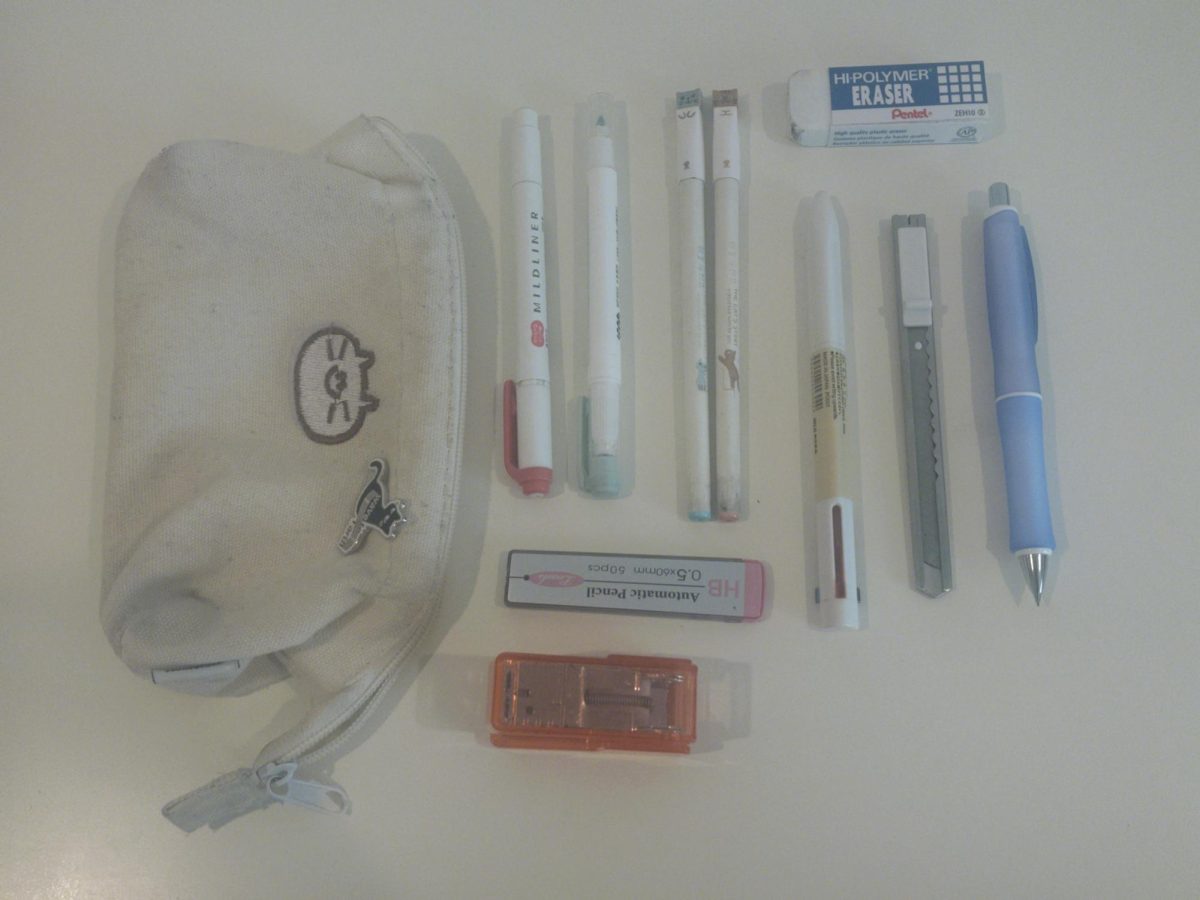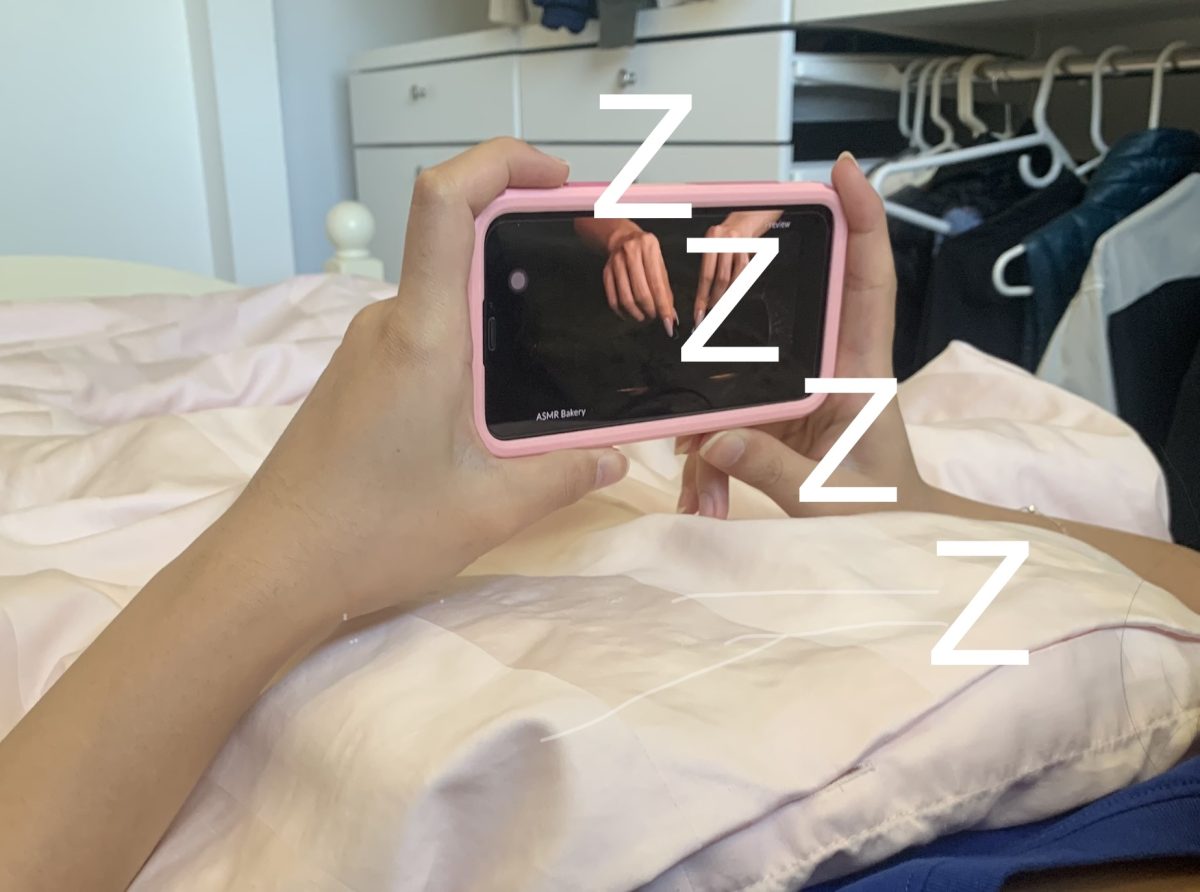I am no doctor, but up until three years ago, I had self-diagnosed insomnia. It used to take me at least 30 minutes to fall asleep, even at 2 in the morning. I tried every possible method from counting sheep to listening to ambience, but nothing seemed to work.
But in September 2020, a shining beacon of light arose in my sleep-deprived life. The pandemic had seriously started to take a toll on my mental health, and my sleep schedule was in shambles. I was lying awake in bed one night, scrolling through YouTube, when I came across an intriguing video: “ASMR Best Triggers for Sleep.” I had no idea what the first four letters meant, but I immediately clicked on the video at the sight of “sleep.”
A woman appeared on the screen with a fluffy microphone in front of her, and she began tapping on the most random array of items: glass vases and an empty iPhone case, to name a few. Surprisingly, I felt my eyelids grow heavy, and a couple minutes later, I was knocked out cold. I woke up the next morning confused at what had happened, but I ultimately decided that ASMR would permanently replace my calm, ambience sleep music playlist.
ASMR stands for Autonomous Sensory Meridian Response. While I’m still not sure what two of those four terms mean, it has become a key part of my everyday life. Aside from aiding my sleep schedule, it is extremely effective in improving focus during homework and study sessions. There is just something inherently calming about people whispering nonsense into your ear, and it works wonders to clear my mind when I’m stressed.
Although tapping videos initially drew me into ASMR, I now find myself watching microphone brushing videos — where people run makeup brushes over their microphones for 30 uninterrupted minutes — more frequently. While I’ve never experienced “ASMR tingles,” the feeling of shivers down the spine while viewing videos, microphone brushing is so soothing that listening to it relaxes my entire body.
Of course, ASMR may not be everyone’s cup of tea, but for the life of me, I cannot understand why some people hate it so much. I often view comments complaining about how the creator’s slow whispers made them uncomfortable and agitated, or that the triggers were loud and abrasive. However, with a wide array of ASMR videos present online, from fast-paced to slow-paced, there is enough content to satisfy and suit everyone’s tastes. Haters should try harder to find something more catered to their preferences or just not watch ASMR at all.
Ultimately, ASMR is one of the most useful discoveries I’ve made. It’s helped me get through 40 pages of nightly APUSH readings in my junior year, finish journalism articles on deadline and get a full eight hours of sleep before waking for 8 a.m. AP exams. Although some may find it weird, ASMR is worth trying. Who knows? It might even alleviate the stress of everyday life for you. Just remember to embrace it with open arms (and ears)!




























